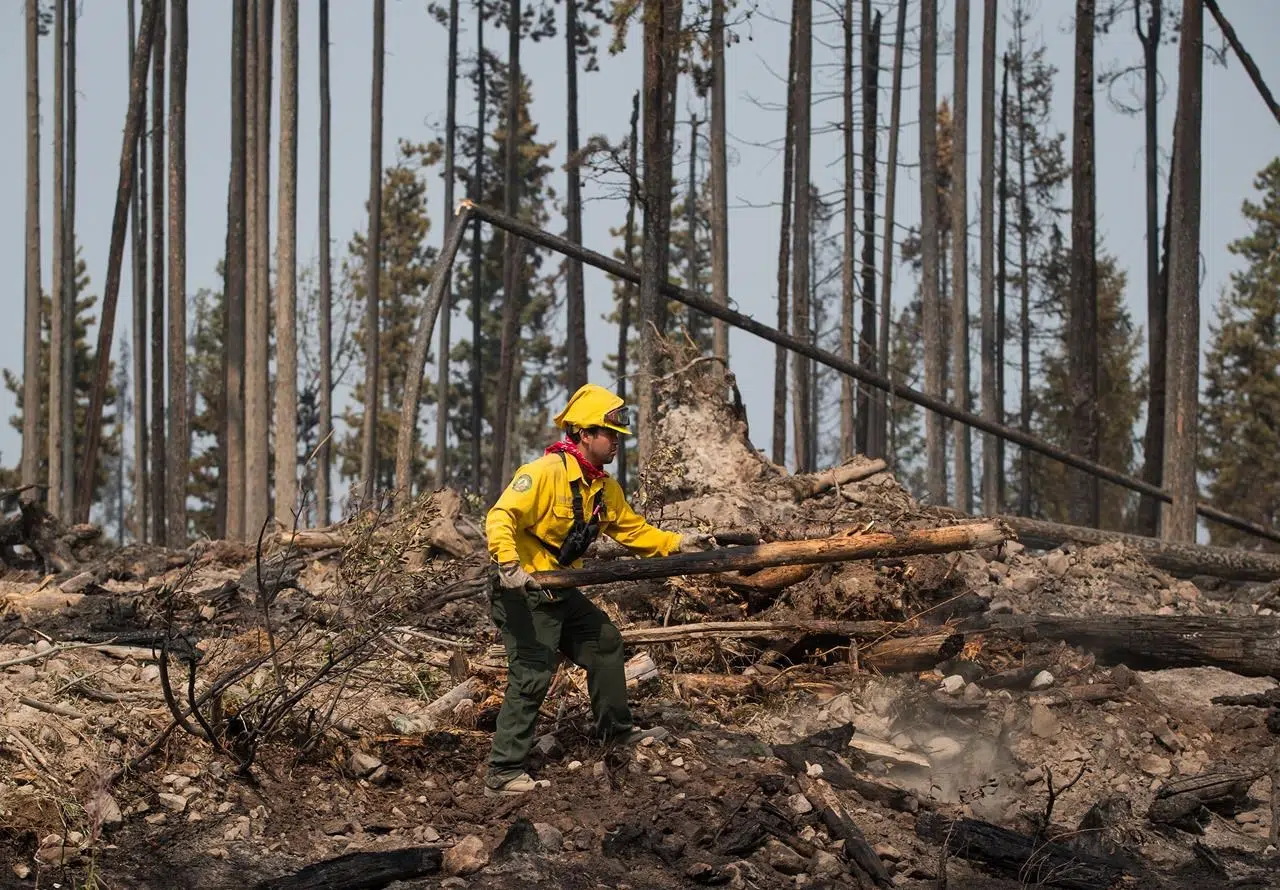
‘There’s been a lot of devastation:’ man whose family lost homes in B.C. fire
PRINCE GEORGE, B.C. — Residents of a tiny northwestern British Columbia town ravaged by a massive wildfire are determined to extinguish the flames and rebuild their community, family members say.
Dan Edzerza Sr. and his daughter Kristina Michaud are collecting donations of money and dried goods for evacuees after a 360-square-kilometre blaze destroyed more than 40 homes and properties in Telegraph Creek.
“There’s been a lot of devastation there,” said Edzerza, speaking from Prince George, B.C.
“A lot of my family members lost their homes. It’s still not over yet, they’re still trying to stop that fire.”
